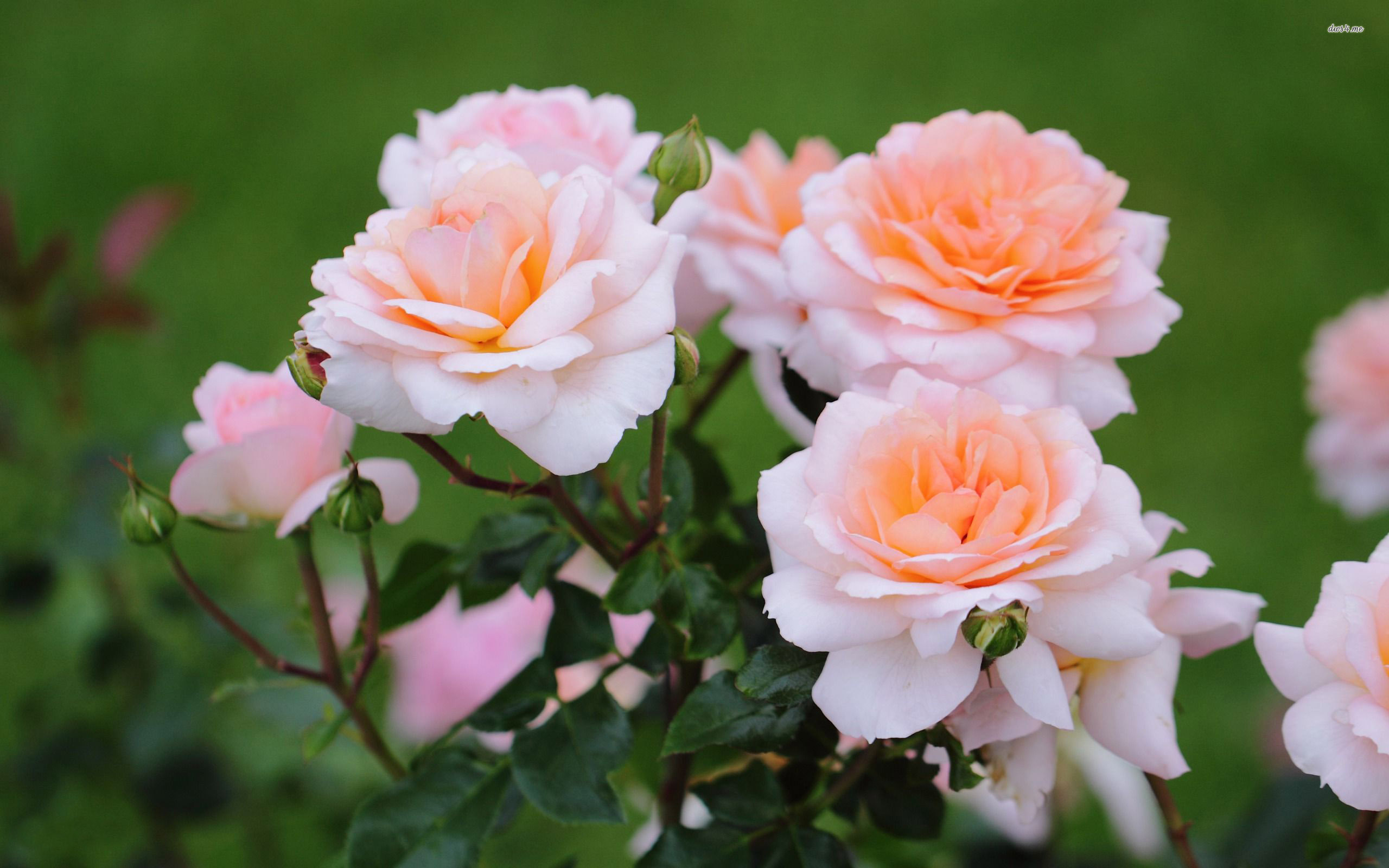
The Sunday Mail

In 1597 William Shakespeare penned, “What’s in a name, that which we call a rose by any other name would smell as sweet?”
There is a lot of truth to that saying, for a rose will always be a rose or something like that!
Roses have captivated man for centuries now, with the earliest records being around 500BC and even today growing roses in one’s gardening’s greatest pleasures.
Roses are grown for their aesthetic beauty as nothing beats the full bloom of a mass of this majestic flower. This plant from time immemorial has been used for making perfumes, jam from rose hips (fruit) which contain a lot of vitamin C and can be used for medicinal purposes in treating diarrhoea, colds, rabies, fevers, stomach problems, eye problems, coughs, dry skin and even as an aphrodisiac.
However, only particular species are used for medicine, with Rosa canina being the most common. The old belief that roses require a lot of spraying and caring is only as a result of failing to provide the plant with the right growing conditions. Roses require a full sun position with good air circulation and a fertile soil which has organic matter.
The soil need not be too rich with nutrients but must be well drained with a soil pH of 5,5 to six.
When preparing the ground to plant roses; dig the full length of the bed rather than just a single hole for one plant.
Dig out the topsoil and subsoil separately to about a depth of 75cm and do not mix the two.
Add half a wheel barrow of well-rotted manure and 250g single super phosphate per square metre.
After mixing the fertiliser and compost water thoroughly, leave it for a few days and then plant.
Year-round maintenance is important for this flower, particularly ensuring that the plants get enough water.
A basin around each plant will suffice for watering purposes, being wary when the rains come if there is a dry spell.
Avoid surface cultivation as this kills feeder roots that come up to just below the surface.
All that is necessary is light a hand fork for weeding. Mulching will help to control weeds and diseases as well. Remove suckers regularly which normally arise from below the budding point, together with dead flower heads to promote more flowering.
Rose bush pruning is an important procedure done in winter. Pruning removes the old dying wood leaving the healthy stems.
Cut back the rose bush by one-third its height, and make these cuts about a centimetre above an outward facing bud.
Also prune thin inward facing branches. Please note that light pruning is better than heavy.
There are quite a number of rose pests and diseases which can discourage even the avid beginner.
Over-feeding causes the plant to produce unhealthy lush stems, which make it easier for pests and diseases to colonise, therefore one needs to strike a balance so that the plant produces healthy vigorous shoots.
Beware of aphids, thrips, caterpillars, scale and red spider mites, though scale is the number one rose killer. Scale is easily visible in winter and aphids particularly in spring.
Diseases like mildew, black spot and rust can be prevented by prophylactic sprays. Mildew is common in dry weather and closed spaces whilst black spot increases in wet weather.
Roses can suffer from nutrient deficiencies or excesses which are easily visible through leaf colour deviations from the norm, for instance nitrogen deficiency results in stunted growth and yellowing of leaves. Lack of phosphorus is evident through purpling of leaves.
Enjoy the sweet scent of the rose whilst being captivated by its bold assertive colours.
Roses can reward you generously if you give them what they need and it need not be a chore to grow them.
Happy gardening everybody.
For feedback contact the writer by email at [email protected]




